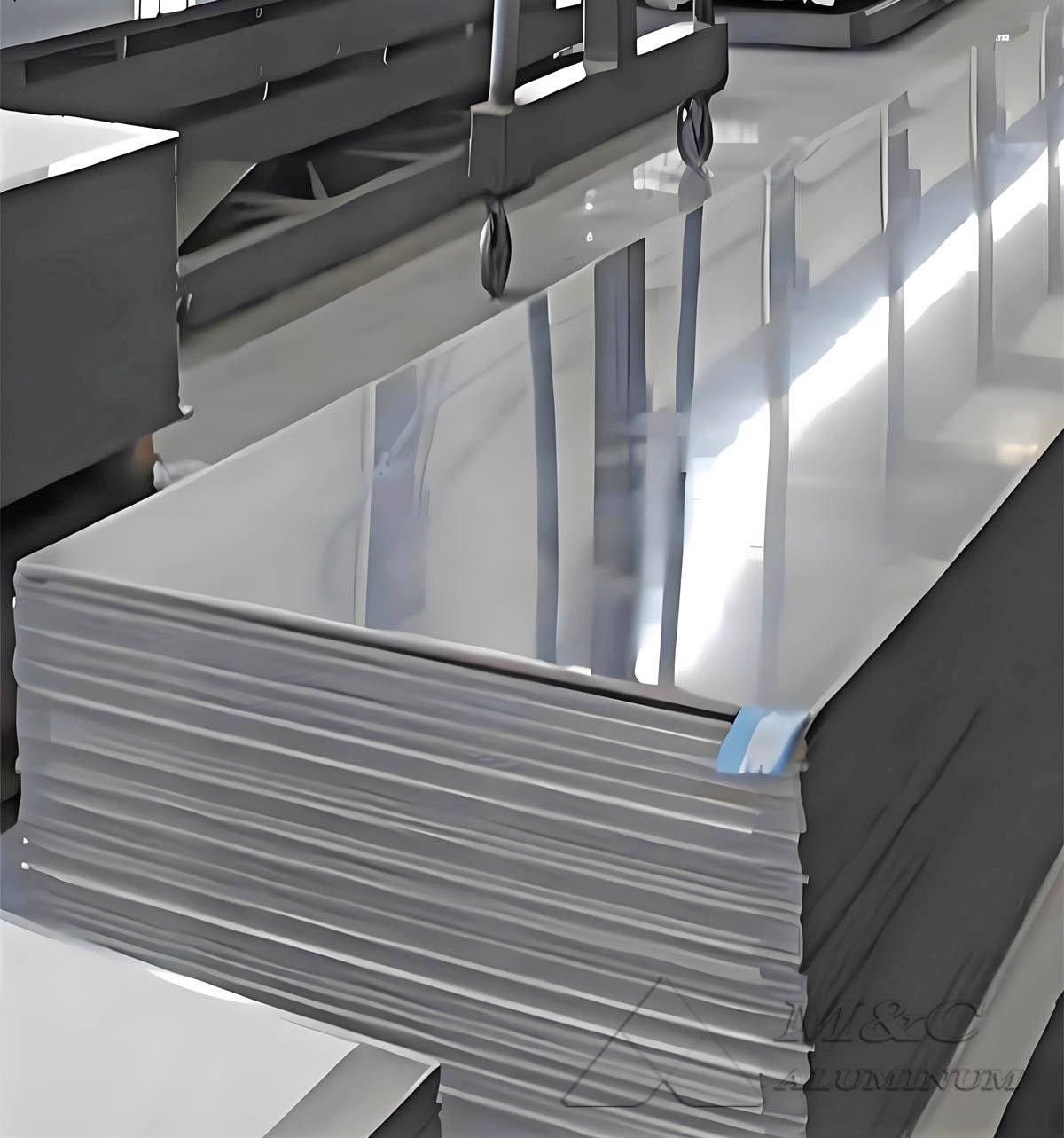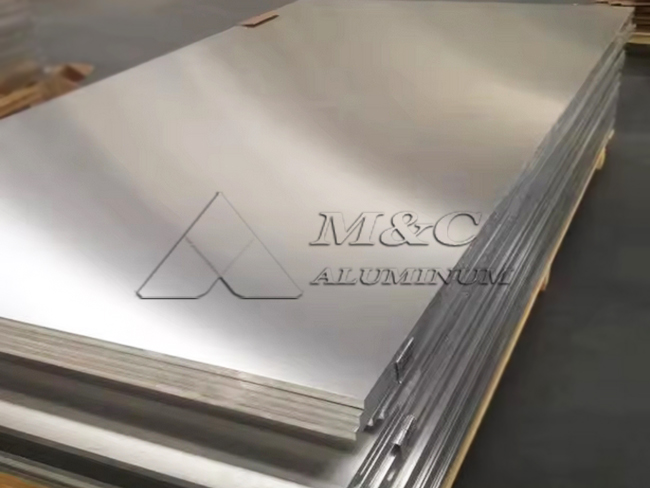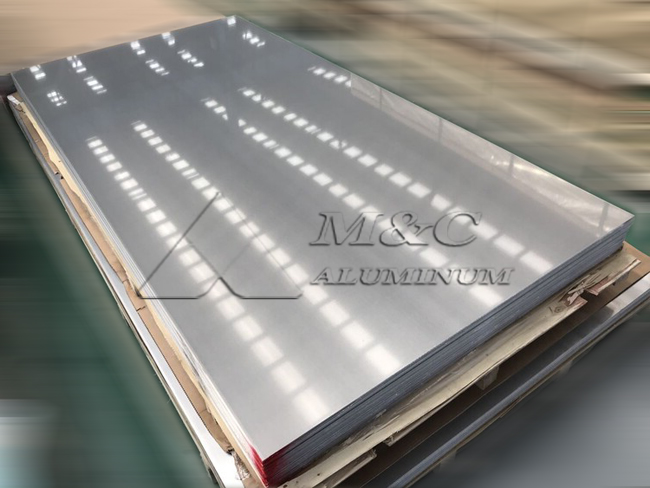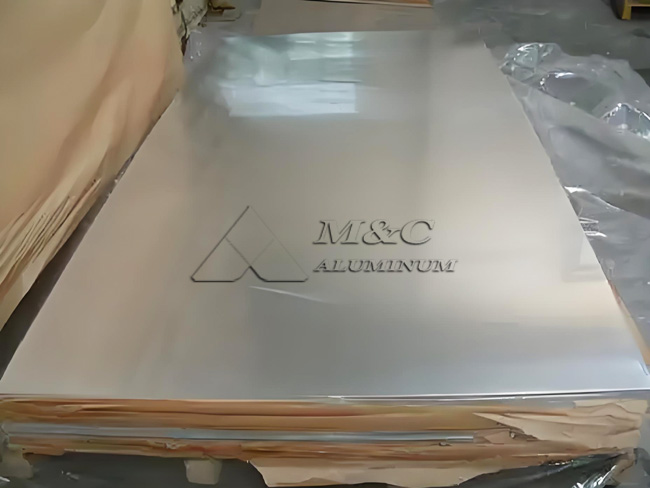In recent years, as the trend toward lightweight ship structures accelerates and the shipbuilding industry continues to evolve, the performance demands on raw materials have become increasingly stringent. Among these, aluminum alloys are gaining prominence in ship construction due to their outstanding comprehensive properties. In particular, marine-grade aluminum plates have become a key material.
Can 6061 Aluminum Plate Be Used for Shipbuilding?
Among the many aluminum alloys available for marine use—such as 6061, 7075, and 5083—the 6061 aluminum plate stands out for certain applications. With its unique characteristics, 6061 is especially suitable for ship components. Thanks to its low density, vessels built with 6061 aluminum weigh 15–20% less than those made with steel plates, leading to reduced fuel consumption and higher speeds.

What Is 6061-T6 Aluminum Alloy?
6061 is a heat-treatable aluminum alloy primarily alloyed with magnesium and silicon, categorized in the 6xxx series.
T6 temper means the alloy has undergone solution heat treatment and artificial aging, resulting in high mechanical strength.
Specifications of 6061 Marine Aluminum Plate
| Temper | T6 / T651 / O |
| Thickness | 3 mm – 50 mm |
| Width | 1000 mm – 2600 mm |
| Length | 2000 mm – 12000 mm |
| Surface finishes | Mill finish, brushed, anodized, sandblasted, etc. |
| Certifications | DNV, LR, ABS, BV, CCS, etc. |
| Samples | Available |
| MOQ | 1–3 tons |
Mechanical Properties of 6061 T6 Aluminum Alloy
| Tensile strength (T6) | 290 MPa |
| Yield strength | 240 MPa |
| Elongation | 12% |
| Density | 2.70 g/cm³ |
| Weldability | Moderate |
| Corrosion resistance | Good, though not as strong as 5xxx series alloys |
Advantages of 6061-T6 in Shipbuilding
1. Excellent Corrosion Resistance
Resists seawater corrosion effectively. The surface forms a protective oxide layer to prevent saltwater erosion.
2. High Strength-to-Weight Ratio
Provides the required structural strength while keeping weight low, which improves fuel efficiency and performance.
3. Good Weldability
Compatible with standard welding techniques (TIG, MIG), making it easy to fabricate and repair complex ship components.
4. High Workability
Easy to cut, drill, and form, making it suitable for manufacturing precise, custom ship parts.
5. Anodizing Capability
Enhances corrosion resistance and provides a visually appealing finish—ideal for yachts and naval vessels.
6. Impact and Fatigue Resistance
High toughness allows it to withstand repetitive stress and vibration in marine environments, ensuring structural integrity.
Limitations and Challenges of 6061 T6 for Marine Use
1. Strength Loss After Welding
Welding 6061 in the T6 condition leads to softening in the heat-affected zone (HAZ), reducing local strength by 30–50%. Restoring performance requires post-weld heat treatment, which is complex and costly.
2. Competition from 5xxx Series Alloys
Alloys like 5052 and 5083 are more commonly used in the marine industry due to better weldability and no need for heat treatment, making them more suitable for large hull structures.
3. Cost Considerations
6061 aluminum has a higher raw material and processing cost compared to regular steel, which may limit its use in budget-sensitive projects.
4. Fatigue Resistance
Under long-term wave loads, fatigue strength must be addressed through optimized design (e.g., reducing stress concentrations at welds).
Applications in Marine Construction
Hardtops
Combine lightweight design with durability and corrosion resistance to offer lasting shade solutions.Frames and Structural Components
Ideal for masts, rails, and other frameworks, ensuring reliability even under harsh conditions.Davits and Cranes
Provide strength for lifting equipment while resisting seawater corrosion.Decks and Hulls
Reinforce structural integrity without compromising on efficiency or performance.

Conclusion
For small to mid-sized vessels, high-value ships, or special scenarios requiring lightweight and corrosion resistance, 6061 T6 is an ideal material. However, for large commercial ships or primary structural parts that demand extensive welding, 5xxx series alloys or steel may be more cost-effective and practical.
FAQ
Q1: What’s the difference between 6061-T6 and 6063-T6 aluminum?
A1: While both offer good strength and machinability, 6061-T6 is generally stronger and more durable, making it better suited for structural applications that require higher integrity.
Q2: What is the extrusion process for 6061-T6 aluminum?
A2: The extrusion process involves heating the material and forcing it through a die to create complex profiles with a consistent cross-sectional shape.
Q3: Can 6061-T6 aluminum be anodized?
A3: Yes, 6061-T6 can be anodized to improve surface properties, enhance corrosion resistance, and achieve a decorative finish.
Q4: Is 6061-T6 aluminum recyclable?
A4: Yes, it is highly recyclable. Recycling 6061 aluminum saves energy and reduces environmental impact compared to producing primary aluminum.





